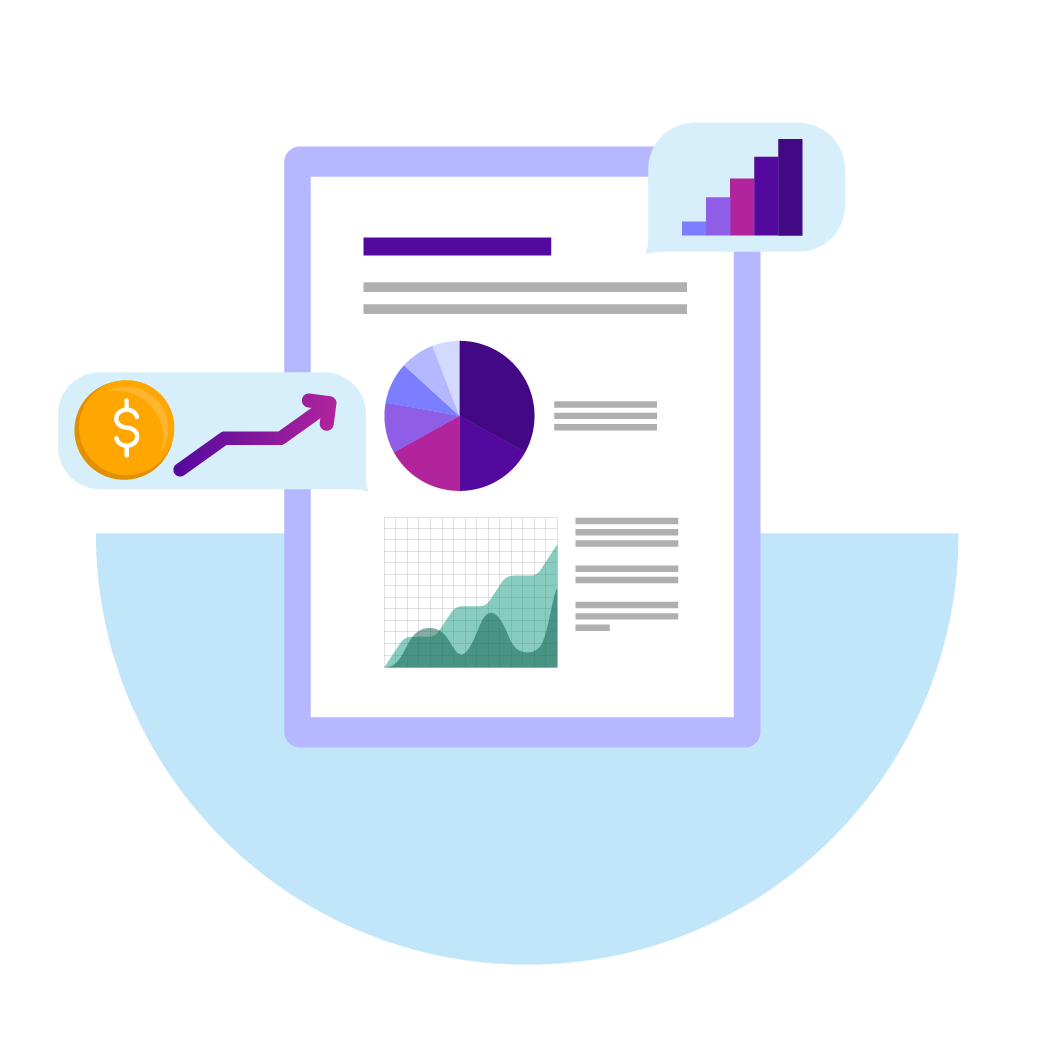
Set It and Forget It: How to Automate Your Savings and Investments for a Secure Future
In today’s fast-paced world, managing finances can feel like a constant juggling act. Between bills, expenses, and the desire to enjoy life, saving and investing often take a backseat. But what if you could put your financial future on autopilot? Automating your savings and investments is a powerful strategy that can help you build wealth, achieve your financial goals, and reduce the stress associated with money management.
Why Automate Your Finances?
Before diving into the "how," let’s explore the compelling reasons why automating your savings and investments is a game-changer:
-
Consistency: The cornerstone of successful saving and investing is consistency. Automation ensures that contributions are made regularly, regardless of your mood or willpower. This steady approach is far more effective than sporadic, emotionally driven decisions.
-
Eliminates Temptation: We all know the feeling: "I’ll skip saving this month and catch up later." But "later" often never comes. Automation removes the temptation to spend the money earmarked for savings, ensuring that it goes where it’s intended.
-
Saves Time and Effort: Manually transferring funds and making investment decisions takes time and mental energy. Automation frees up your schedule and allows you to focus on other priorities.
-
Reduces Emotional Investing: When markets fluctuate, it’s easy to panic and make rash decisions. Automated investing encourages a long-term perspective, helping you avoid the pitfalls of emotional trading.
-
Takes Advantage of Compounding: Albert Einstein famously called compounding the "eighth wonder of the world." By consistently investing, you allow your money to grow exponentially over time, thanks to the power of compounding interest.
-
Helps You Reach Your Goals: Whether it’s buying a home, retiring comfortably, or funding your children’s education, automation helps you stay on track to achieve your financial goals.
Getting Started: Setting Up Your Automated System
Here’s a step-by-step guide to automating your savings and investments:
-
Define Your Financial Goals:
- Retirement: How much will you need to retire comfortably? When do you plan to retire?
- Emergency Fund: Aim for 3-6 months’ worth of living expenses in a readily accessible account.
- Down Payment: How much will you need for a down payment on a home? When do you plan to buy?
- Other Goals: Consider goals like paying off debt, funding education, or starting a business.
-
Calculate Your Savings and Investment Needs:
- Use online calculators or consult with a financial advisor to determine how much you need to save and invest each month to reach your goals.
- Factor in your current income, expenses, and any existing savings or investments.
-
Open the Right Accounts:
- Checking Account: This is your primary account for receiving income and paying bills.
- Savings Account: Ideal for your emergency fund and short-term savings goals. Look for high-yield savings accounts to maximize interest earnings.
- Retirement Accounts:
- 401(k): If your employer offers a 401(k) plan, take advantage of it, especially if they offer matching contributions.
- IRA (Individual Retirement Account): Traditional and Roth IRAs offer tax advantages for retirement savings.
- Brokerage Account: For investing in stocks, bonds, mutual funds, and ETFs.
-
Set Up Automated Transfers:
- From Checking to Savings: Schedule regular transfers from your checking account to your savings account to build your emergency fund and save for short-term goals.
- From Checking to Investment Accounts: Set up automatic contributions to your retirement and brokerage accounts. Many brokerages allow you to schedule recurring investments into specific assets.
-
Choose Your Investments:
- Retirement Accounts:
- Target-Date Funds: These funds automatically adjust their asset allocation over time, becoming more conservative as you approach your retirement date.
- Index Funds: Low-cost funds that track a specific market index, such as the S&P 500.
- Bonds: Generally less risky than stocks, bonds can provide stability to your portfolio.
- Brokerage Account:
- Stocks: Consider investing in a diversified portfolio of stocks through individual stocks, ETFs, or mutual funds.
- ETFs (Exchange-Traded Funds): ETFs offer diversification and can track various market sectors, industries, or investment strategies.
- Mutual Funds: Professionally managed funds that pool money from multiple investors to invest in a diversified portfolio of assets.
- Retirement Accounts:
-
Rebalance Your Portfolio:
- Over time, your asset allocation may drift away from your target allocation. Rebalancing involves selling some assets and buying others to bring your portfolio back into alignment.
- Consider using automated rebalancing tools offered by many brokerages.
-
Review and Adjust:
- Periodically review your automated savings and investment plan to ensure it still aligns with your goals and circumstances.
- Adjust your contributions, asset allocation, or investment strategy as needed.
Tools and Platforms for Automation
Several tools and platforms can help you automate your savings and investments:
- Employer-Sponsored Retirement Plans (401(k), 403(b)): Take full advantage of these plans, especially if your employer offers matching contributions.
- Robo-Advisors: These platforms use algorithms to manage your investments based on your risk tolerance and financial goals. Examples include Betterment, Wealthfront, and Schwab Intelligent Portfolios.
- Brokerage Accounts: Many online brokerages offer automated investing tools and features, such as recurring investments and automated rebalancing.
- Banking Apps: Some banking apps allow you to set up automatic transfers to savings accounts and track your progress toward your goals.
- Acorns: This app rounds up your purchases to the nearest dollar and invests the spare change.
Tips for Success
- Start Small: You don’t have to automate everything at once. Start with a small amount and gradually increase your contributions over time.
- Pay Yourself First: Automate your savings and investments before you pay your bills or spend on discretionary items.
- Monitor Your Progress: Keep an eye on your accounts and track your progress toward your goals.
- Stay Disciplined: Resist the urge to dip into your savings or make impulsive investment decisions.
- Seek Professional Advice: If you’re unsure where to start, consult with a financial advisor.
Potential Pitfalls
- Ignoring Your Finances: Automation doesn’t mean you can completely ignore your finances. Regularly review your accounts and adjust your plan as needed.
- Over-Automating: Avoid setting up so many automatic transfers that you overdraw your account or miss important payments.
- Hidden Fees: Be aware of any fees associated with automated investing tools or platforms.
- Market Volatility: Understand that investments can fluctuate in value. Don’t panic during market downturns; stay focused on your long-term goals.
Conclusion
Automating your savings and investments is a powerful way to take control of your financial future. By setting up a system that works for you, you can consistently save, invest wisely, and achieve your financial goals with less stress and effort. Start today, and you’ll be well on your way to a more secure and prosperous future.



